During our time in Nantucket we had the pleasure of walking through Squam Swamp with our friend Zak Mackay, who is studying to be a mycologist. While on this walk we were treated to a great variety of mushrooms to explore and it further heightened our appreciation of fungi. I have always found mushrooms beautiful, but it was only a few years ago that I started learning facts about fungi. On this particular walk, we were collecting mushrooms like we were Augustus Gloop in the Willie Wonka Chocolate Factory when he gets to the chocolate river. We were shoving mushrooms into our basket (not our mouth – everyone knows not to eat unidentified mushrooms right?) in a kind of ferocious frenzy to ‘have’ the mushrooms we were finding. I want to talk about this a little more because during the process of foraging for the mushrooms I was sort of uneasy about picking them. I had an inner voice that was telling me “These should be left to do their job in the forest.” It is common to ignore an inner voice when our desire to ‘have’ something is alight, but the thing is for me personally, I get confused if I do not listen to my inner self. So while I picked the mushrooms on this occasion in the woods, I had sense enough later to realise I was uncomfortable with it and that I won’t be doing that again. What I wondered though, was why was I uncomfortable with it? This sent me in search of facts to validate my feelings. I wanted to solidify the realisation that mushrooms in the woods really are best left untouched unless you are mycologist or studying to be one. Or you actually eat the mushroom you pick. It is easy in this day and age of #livefolk #authenitcliving #forgaing to forget that sometimes #foraging should be forgone.
The summer we moved to New Jersey was hot and wet and the woods were full of mushrooms to discover. We were delighted by both the quantity and variety we would find on forest walks, and at the time, as it was our first summer living in Jersey and I just assumed it would be the same each year. Mushroom like everything have preferred growing conditions and that summer was perfect for the mushrooms. We are yet to experience a mushroom season like the first, it was a bumper mushroom year. We had lived in New York City numerous years and with hungry eyes for nature we were enthralled with these fungi characters, which led me to document them. I am so glad I did as coming across a really special mushroom in the woods can become a memory, and if you are a mushroom lover, each mushroom seems to have personality and character and is a bit like meeting a friend.
My Grandparents farm in the subtropics of Australia had giant toadstools so big you might consider sitting on them, but it was not until I was an adult living in New Jersey that I felt like knowing fungi facts. The fairytale like Amanita caught my attention and drew me into their world. As the years have gone by I have become really connected to the woods we live near and after repeat sightings I have come to know the areas where the mycelium lay. I have a sense that when warmth follows rain it is mushroom fruiting weather and that if I visit these spots I will likely find mushrooms. Not always, but setting out to the woods to look is a lot of fun.
Like I said, we were enchanted and this led me to study fungi. Not study to the extent of being an expert, but with a keen general interest. I wanted to know how they grow, how they reproduce, and what the job of the mushroom is in the ecosystem. I found myself mystified while watching videos on mushrooms releasing spores and on this thread of seeking knowledge I have picked up amazing tidbits, like the mushrooms that clean water ways, and the mushroom that can decompose plastic (oh yes, we need a lot more of that one around). Mushrooms can cure disease and on a really light level, finding a mushroom on a walk in the woods brings joy (another reason not to pick them as then they are there for other’s to enjoy!). Mushrooms have a firmly established position in folklore and fairy tales, an iconic symbol of make-believe, magic and good luck.
Which brings me to the impetus for this… celebrating and respecting fungi. (pronounced Fun-gi, rhyming with hi, by mycolgists)
For those of you wanting to dive deep into the mushroom realm then you must meet Paul Stamet (the worlds greatest mycologist and one of my favorite human beings) and watch some of his remarkable videos. The short and informative Ted talk 6 Ways Mushrooms can save the world is fabulous and inspiring and his other films are also awesome. All of which are children friendly.
If you are interested in mushroom identification the National Audubon Society field Guide to North American Mushrooms is excellent. If you are considering collecting mushrooms to eat, then it is good to own at least two mushroom books to cross reference. This was suggested to me on the mushroom foraging walk in Nantucket Squam Swamp with Zak, and given eating mushrooms can be a life or death scenario, it pays to be sure. I also recommend reading the below tips by Dave Pilz on harvesting mushrooms with respect, as it is a great fungi overview, sharing basic information as well as supporting fungi conservation.
Respectful Mushroom Harvesting
By Dave Pilz
Mushrooms are one of the most fascinating and rewarding products that can be harvested from our forests. By
harvesting with respect, we can ensure their continued abundance and make the experience of mushroom hunting
enjoyable for everyone. These guidelines will help you and others continue to enjoy our fabulous fungi and the forests
where they grow.
About Forest Fungi
– The body of forest fungi consists of a web of one-cell wide fungal threads that grow in the soil or rotting wood.
– This web, called a “mycelium”, shares nutrients with trees through their roots tips or absorbs nutrients from
decomposing organic matter.
– Mushrooms, truffles, and conks are the reproductive structures (fruiting bodies) of this web of fungal filaments, much like an apple on an apple tree.
– Fungal fruiting bodies produce spores that are moved around by wind, water, animals, birds, insects and
possibly even on the shoes of mushroom hunters.
– Removing a mushroom from the forest might reduce its spore dispersal, but careful picking probably does not
directly harm the “body” of the fungus (the mycelium).
– All forest fungi play vital roles in the functioning of forest ecosystems, providing food and nutrient recycling for
almost all the creatures that live in our forests, especially the trees!
Harvest Methods
– Be certain of your mushroom identification. Harvest only the mushrooms you will use. Leave some to feed
wildlife and release spores. Remember that they will likely spoil if you are unable to keep them cool and clean,
and then cook or preserve them within 24 hours.
– Leave little, immature mushrooms to grow larger. They aren’t worth bending your back or knees to pick and
they have not yet released any spores.
– Leave large, old mushrooms because they are probably still releasing spores. Rotting
mushrooms, like any such fruit, can make you ill.
– Pluck mushrooms carefully by rocking and twisting them, or cut them off near their base. Do not dig them out or you will harm the mycelium. Cover the hole where they grew so your activities are not unsightly and the mycelium is protected.
– If you trim bad parts off the mushrooms you harvest, spread the pieces around discretely. You might help spread
spores and will leave the area looking less disturbed.
– Do not collect mushrooms in plastic bags as they will become slimy and might be wasted. Mesh bags, wicker
baskets, or buckets with holes in the bottom allow rainwater to drain and might spread some spores from your
collected mushrooms as you walk around.
Caring for the Forest
– Obtain permission to harvest mushrooms from the landowner.
– Remove only mushrooms you will use.
– Be courteous to wildlife and other forest visitors. We all share our environment.
– Volunteer to help others learn how to harvest mushrooms respectfully.
Thanks for reading!
Kirsten x
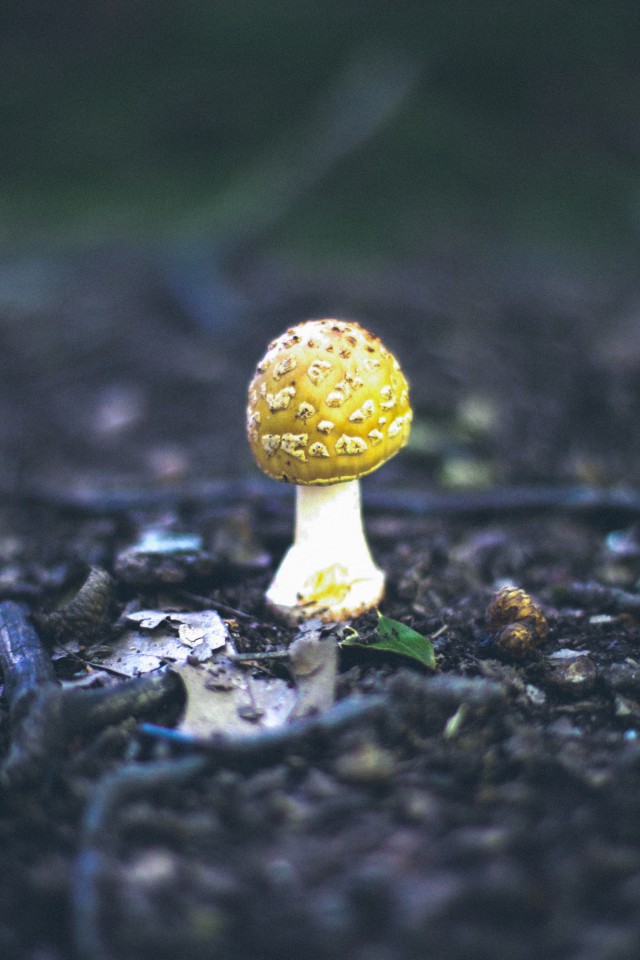
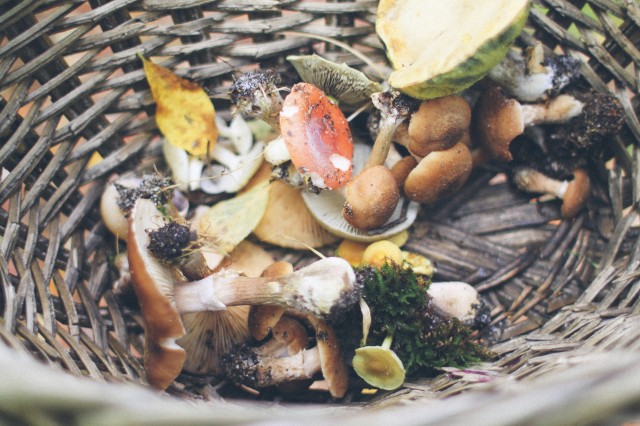
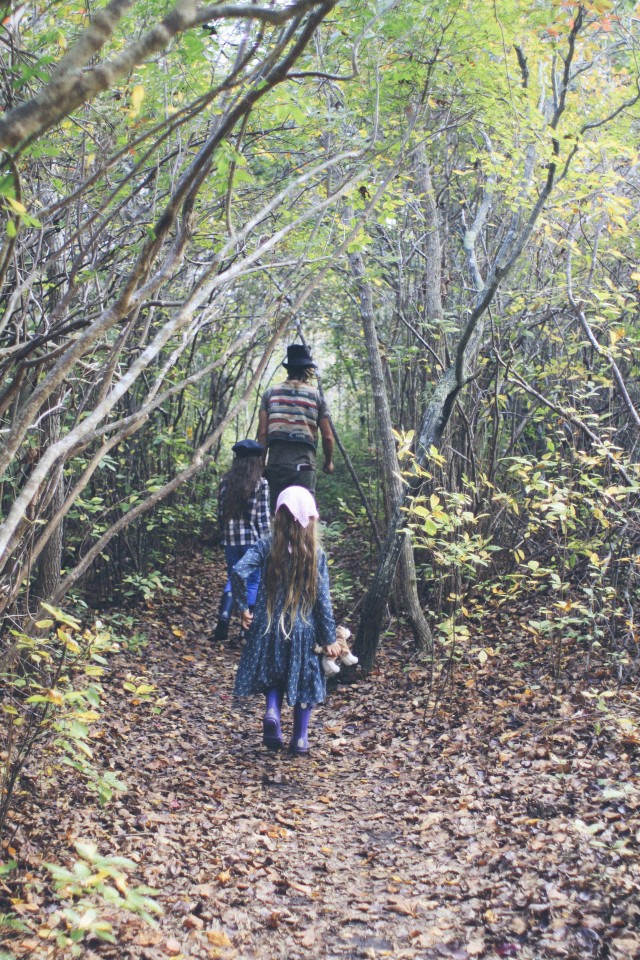
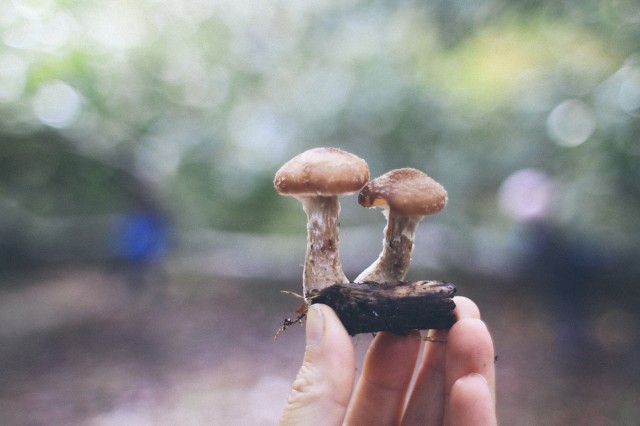
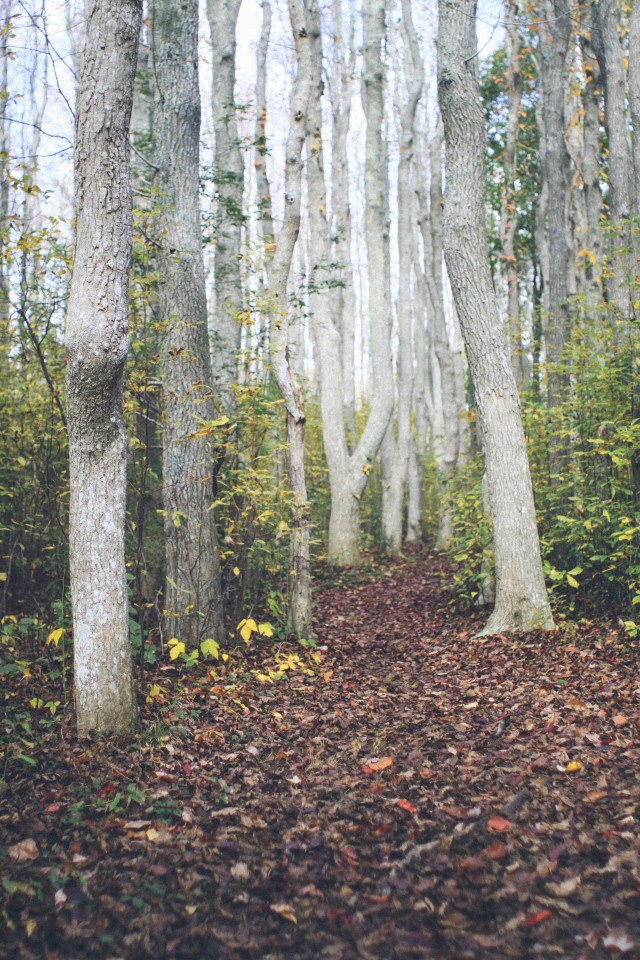
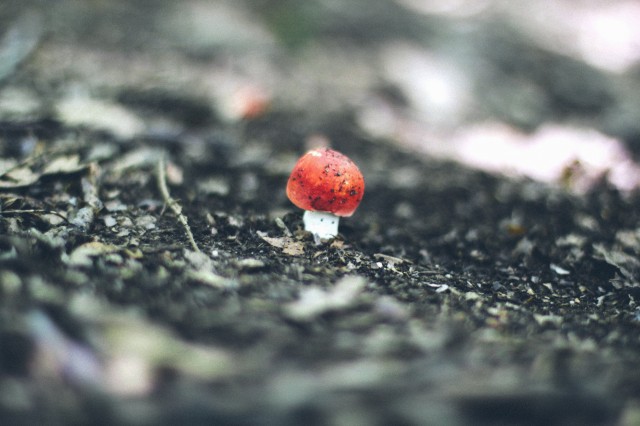
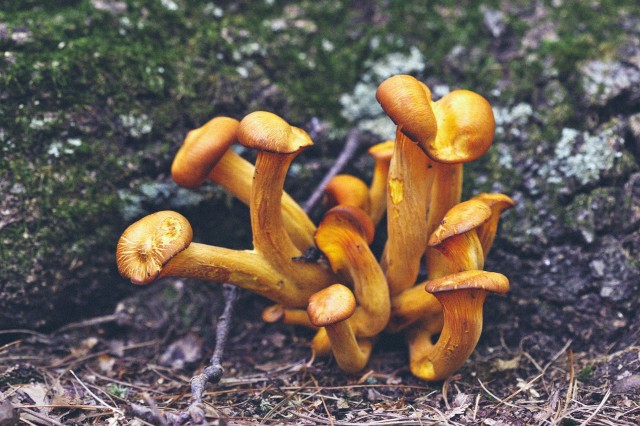
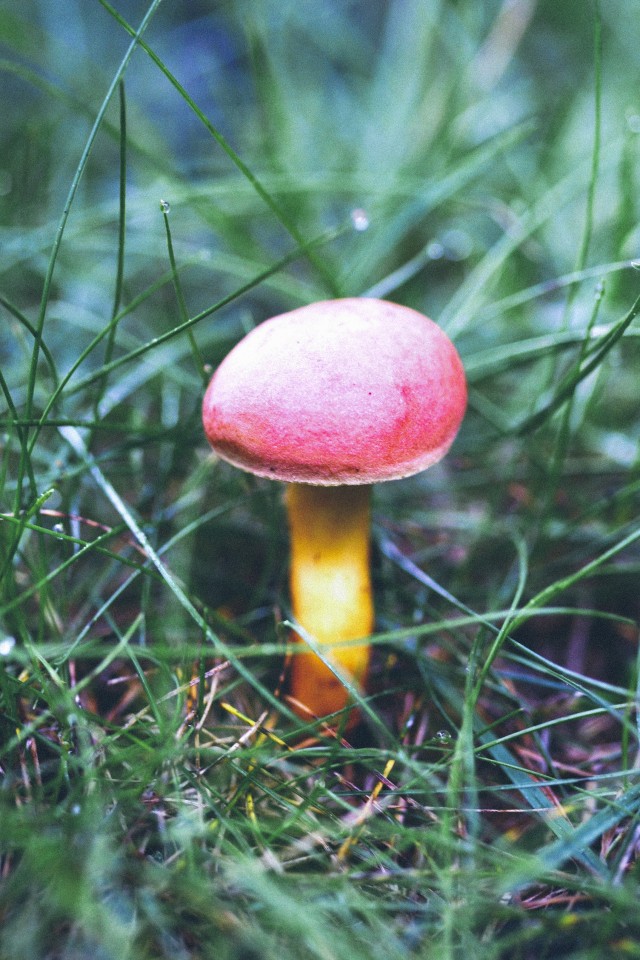
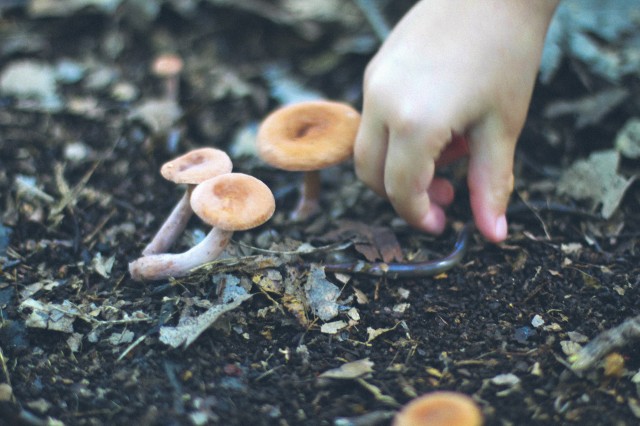
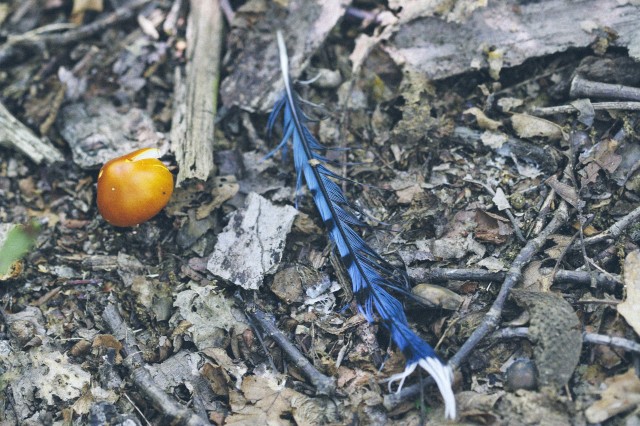
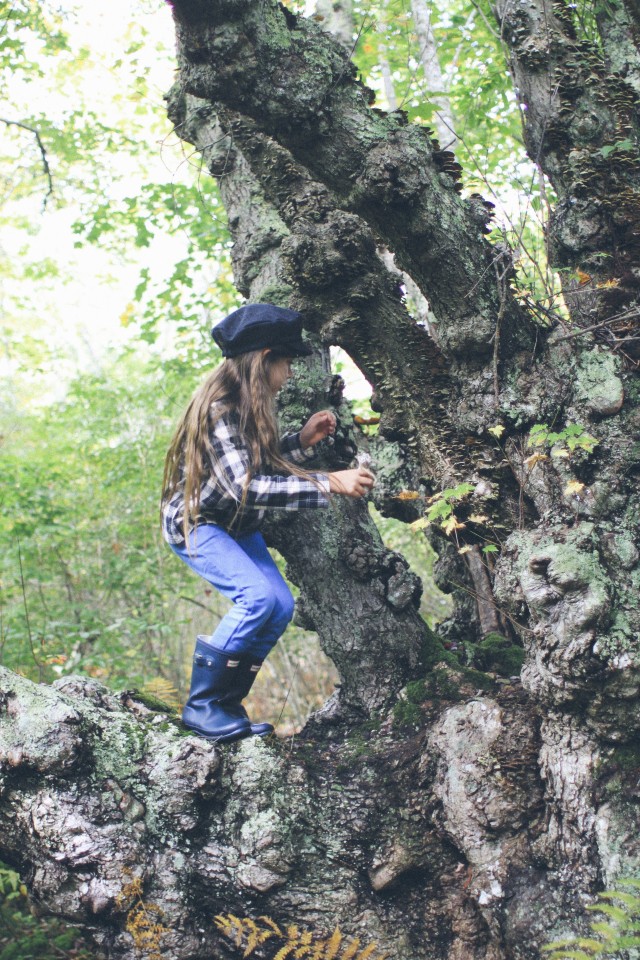
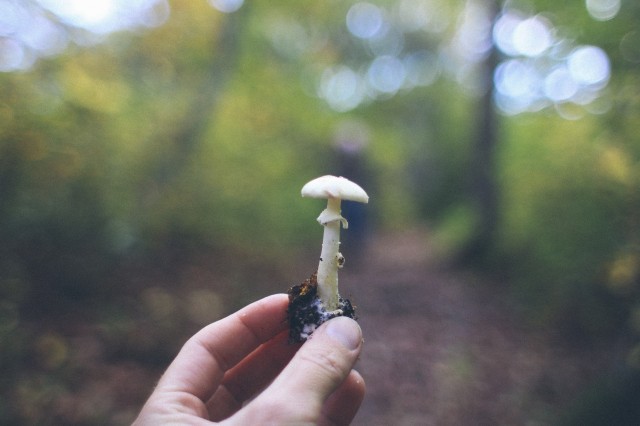
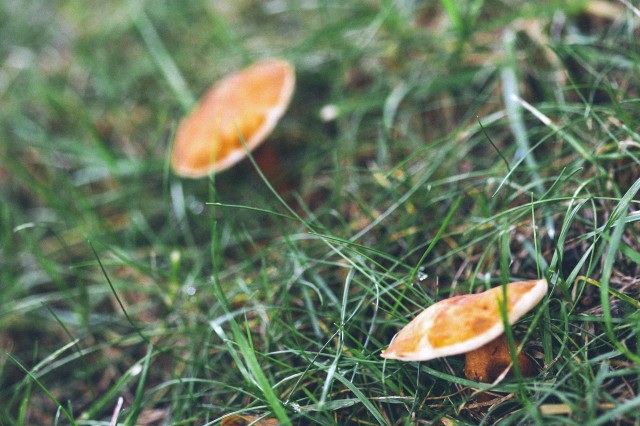
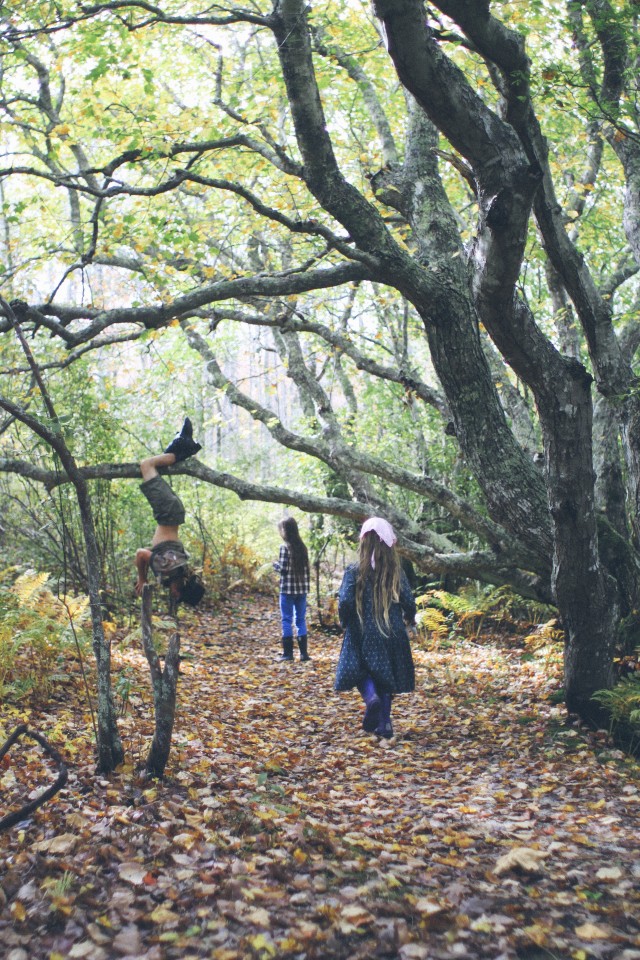
One thought on “Respectful Mushroom Harvesting”